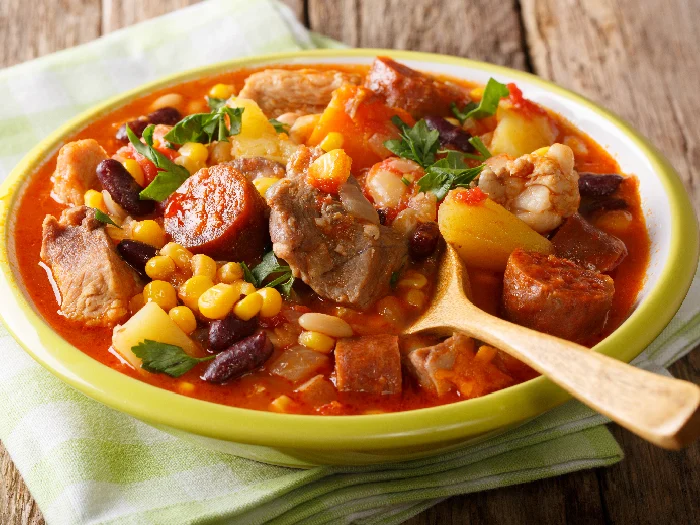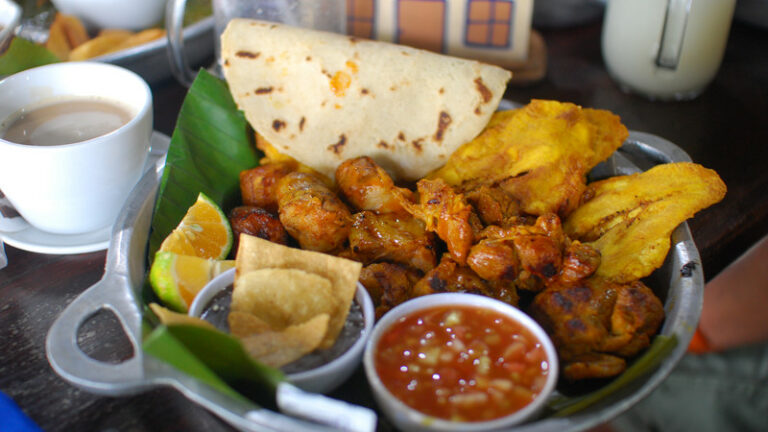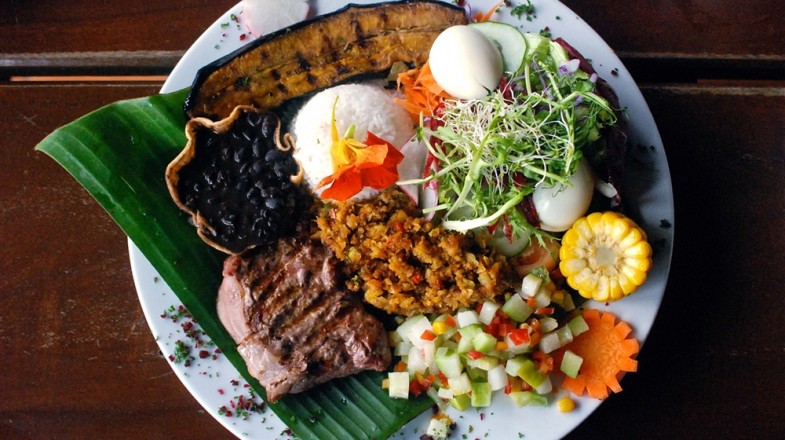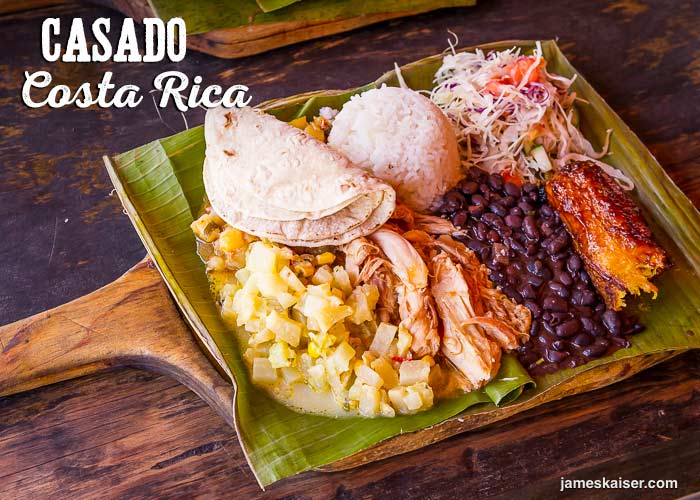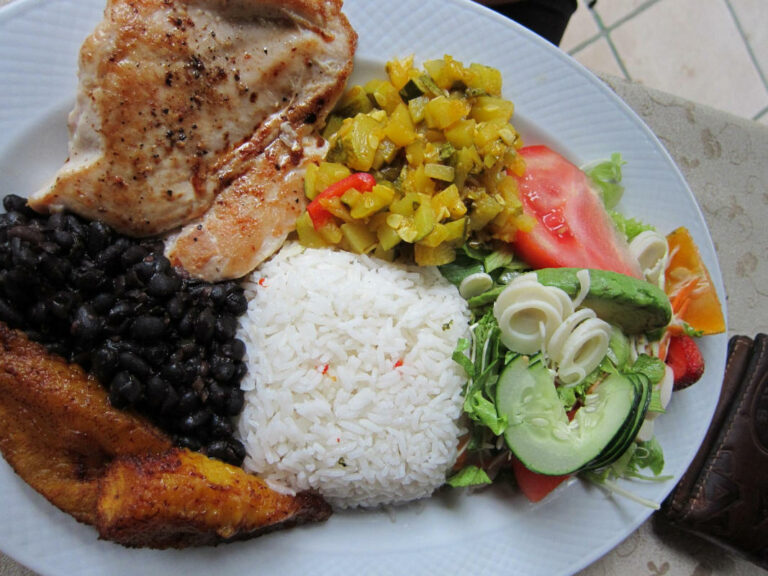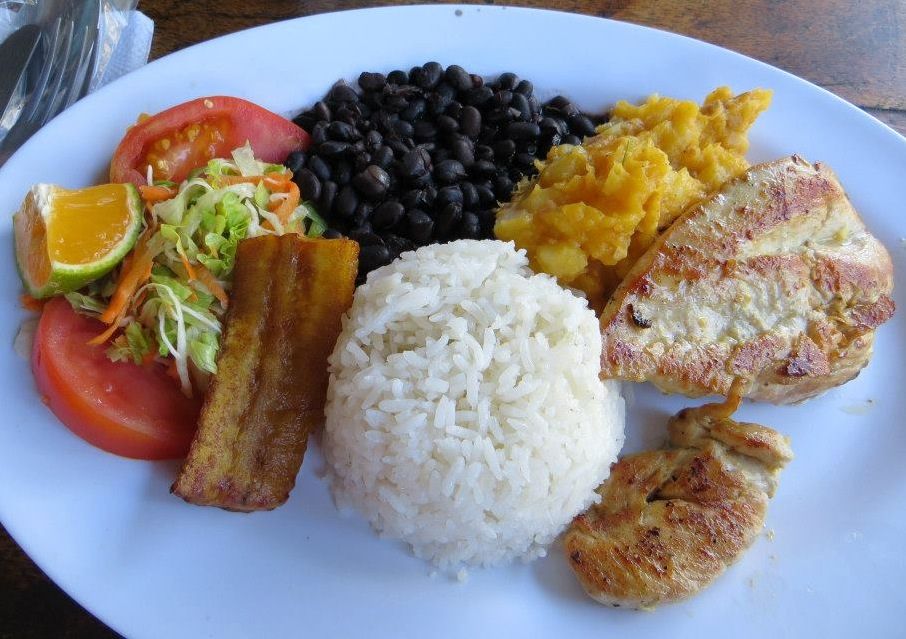What is Cachupa Rica?
Cachupa Rica is a traditional Cape Verdean dish that is known for its rich, hearty flavors and filling ingredients. The dish is essentially a stew made with corn, beans, and meat, which are cooked together until the flavors meld together to create a deliciously satisfying meal.
The origins of Cachupa Rica can be traced back to the days of slavery in Cape Verde, when slaves would use whatever ingredients they had available to create a nourishing meal. Over time, the dish has evolved to become a staple in Cape Verdean cuisine, and is now enjoyed by locals and visitors alike.
Ingredients and Preparation of Cachupa Rica
The traditional ingredients used to make Cachupa Rica include corn, beans, meat (usually pork or beef), onions, garlic, and various vegetables such as sweet potato, cassava, and pumpkin. The stew is typically prepared in a large pot, with the ingredients being added in stages and allowed to simmer together for several hours.
To make Cachupa Rica, the corn and beans are soaked overnight to soften them, before being cooked together in a large pot of water. The meat is then added and allowed to cook until tender, before the vegetables and seasonings are added. The stew is then left to simmer until all the flavors have melded together to create a rich, hearty dish.
Cultural Significance and Variations of Cachupa Rica
In Cape Verde, Cachupa Rica is more than just a meal – it is a symbol of the country’s cultural heritage and identity. The dish is often served at special events and celebrations, such as weddings and festivals, and is also a popular comfort food for locals.
While the basic recipe for Cachupa Rica remains the same, there are many variations of the dish that are unique to different regions and families in Cape Verde. Some people add seafood to their Cachupa Rica, while others use different types of meat or vegetables. Some versions of the dish are spicier than others, depending on the preference of the cook.
Overall, Cachupa Rica is a delicious and filling dish that is enjoyed by people all over Cape Verde. Whether you are trying it for the first time or have been eating it for years, there is no denying the cultural significance and rich history behind this beloved Cape Verdean staple.

